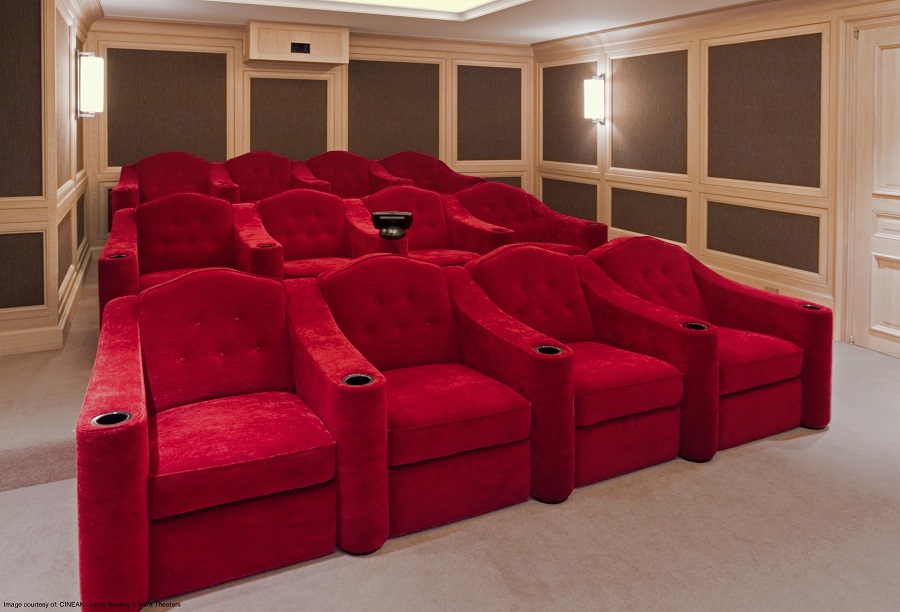
Avoid the Most Common Home Theater Design Mistakes?
Preserve Your Style While Creating an Unforgettable Movie Watching Experience
Installing a home theater system sounds simple enough. Plug in a few speakers, add a projector and screen, choose comfortable seats and you're ready to go. But if you're looking to truly recreate the theater experience, it takes a lot of planning to fashion a home theater design that reflects your personality and offers the best audio and video possible. Without the right foundation, you could end up with an installation that misses the mark. Read on to avoid these common theater design mistakes in your San Francisco, CA home.
SEE MORE: 3 Choices to Make During Your Home Theater Design Process
- Picking the Wrong Location: If it's possible, you should always place your theater in a dedicated room with the ideal lighting and acoustic environment. Avoid places that have a lot of windows which could cause glare on the screen. You should also look for a carpeted room and soft walls that will better absorb sound. In a professional installation, you can use blackout shades and acoustic treatments to make up for some of these issues.
- Hiding Speakers Behind Furniture: While you want to enjoy the immersive sound, you may not want to deal with unsightly electronics. Many homeowners try to resolve this by design challenge by hiding speakers behind furniture or plants which can end up muffling your surround sound. Instead, opt for in-ceiling and in-wall speakers that are hidden from view without sacrificing quality.
- Using Seats that Affect the Sound: When it comes to choosing your seating, the top priority is finding something comfortable since in a well-designed theater you’ll be spending hours there at a time. However, you want to avoid seats with high chair backs which could block some of the sound coming from behind. It's also preferable to use cloth over leather seating as it can better absorb sound to avoid distortion.
- Choosing the Wrong Screen Material: Most people automatically choose white screens since it’s the most common color. If the theater is in a room with a lot of ambient lighting, a white screen is not the ideal choice. Gray or black screens will do a better job of rejecting ambient lighting to eliminate glare on the screen.
- Forgetting to Manage the Lights: Settling for on-off overhead lighting for your theater can ruin your entire movie-watching experience. First, you want to have dimming capabilities. If the lights are too bright, they’ll affect the image on the screen. If the room is too dark, you may have to strain your eyes to watch the movie. You also want to make it easy to manage lights without having to get up by centralizing control on a smart remote or touchpad.
- Not Planning Out Your Screen Placement: Some of the most common home theater design mistakes have to do with screen placement. Since the big-screen experience is one of the main reasons people opt for dedicated theaters, it should come as no surprise that many of these issues stem from investing in screens that are too large.
Your screen should be small enough to raise it a few feet off the ground to create a clear viewing line, especially in theaters with multiple rows of seats. It's also important to consider how far your seats will be from the screen. The bigger it is, the further back you need to sit for comfortable viewing. Your home theater installer will help you find the ideal size and placement to optimize your viewing experience.
When installing a home theater system, you need to have a comprehensive plan from the start to ensure you're buying the right equipment and installing it correctly. It all begins with a consultation to figure out what you’re looking for and the best way to make it happen. To get started, feel free to reach out to a local BRAVAS partner.




